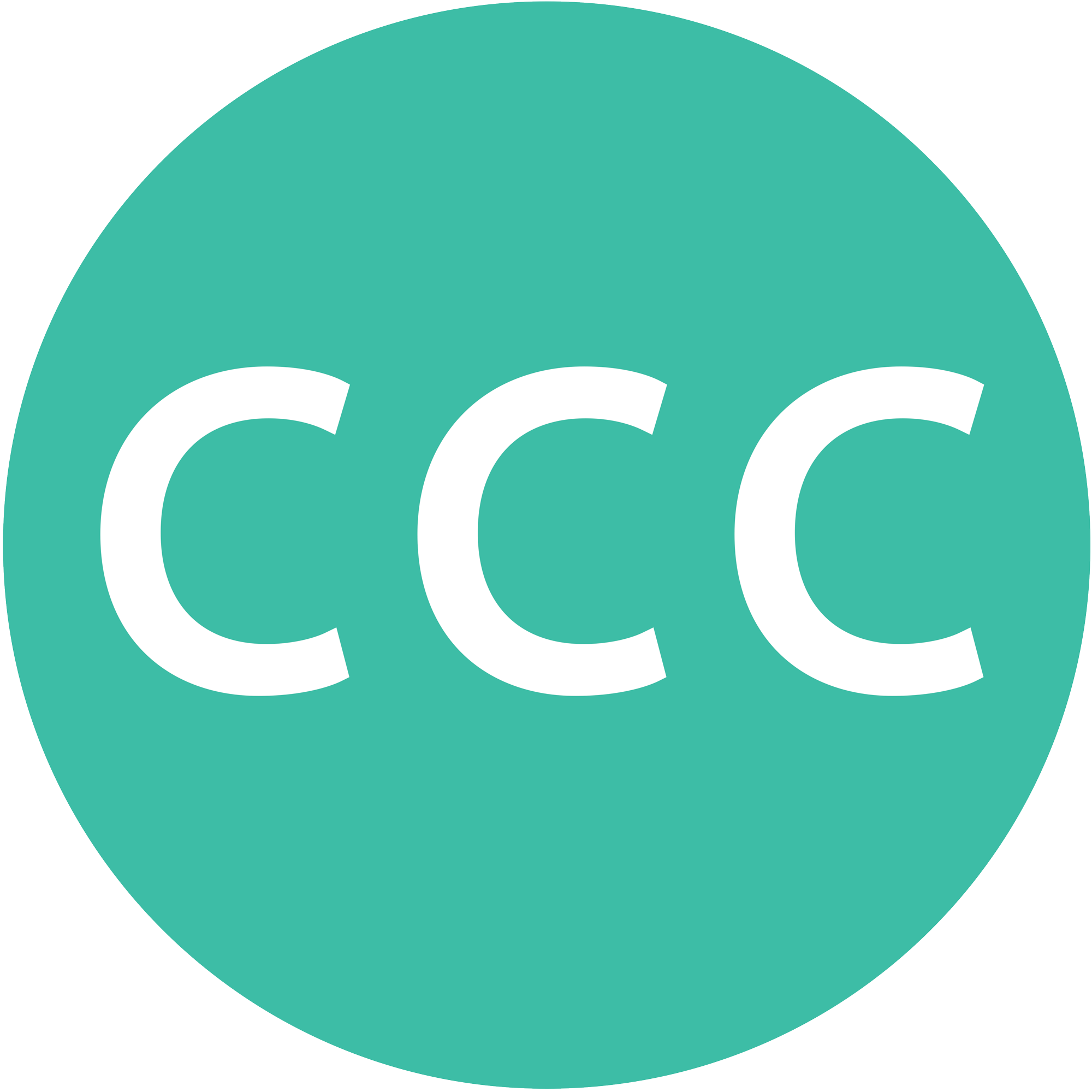“Raise the bar” derives from track and field’s high jump, a sport I competed in while in junior high school. When I think now that I was able to get my entire body four to five feet off the ground, I have to test whether I’m actually remembering or dreaming (stand up, flap your arms, if you start to fly, you’re dreaming). These are troubling times, which call for a “raise the bar” movement where we aim higher and demand better from those in power, whether they be elected or not.
The “bar” was on my mind last week: I had just read Michael Moore’s column, “Guns Don’t Kill People, Americans Kill People” while I was on Spring break. Sitting at a pool I overheard two teenagers talking. One, who went to high school in the Denver area, said that there was a violent incident in his school every other week, often including guns! This is what students must live with? So, I had to ask myself, why are we debating assault rifle bans when we should be raising the bar and talking about–sport shooting aside–simply banning guns.
Just as the gun lobby has lowered the bar on possible regulation, so has the establishment philanthropy lobby prevented meaningful change in our charitable tax laws. Recognizing that private foundations (PFs) and mega-DAFs (large donor-advised funds and commercial and community foundations) are the playgrounds of the ultra-wealthy, President Biden’s 2024 budget proposal managed to slip in just two loophole-closers: a) private foundation distributions to donor advised funds (DAFs) will not count as part of the 5% minimum distribution requirement unless those DAF funds are paid out from the DAF within a year; and b) compensation by private foundations to family members will likewise not count. Note that this doesn’t prevent a PF from paying family members or giving to a DAF, only that it won’t count towards their 5% minimum distribution.
In the last 10 years private foundation assets have nearly doubled from $600 billion to $1.2 trillion, yet the annual distributions of the mega-foundations have clung to the 5% minimum, with a few outliers and smaller foundations bringing the average distribution to around 6.5% (but that includes foundation expenses). DAFs have grown to over $200 billion, yet there still is no requirement for them to distribute any of those funds…ever! I can understand the value in setting up a vehicle that allows some time to make contribution decisions and to have professional staff help make those decisions, but what benefit, if any, is there in giving charitable deductions to the ultra-rich, especially if only a small fraction of the donation makes it to a nonprofit organization? It is both a colossal waste of taxpayer money and a redistribution of power from the public to the plutocrats.
Speaking of plutocrats, Bill Gates and Warren Buffett must have pretty good public relations people to make the Giving Pledge, where billionaires commit to making charitable contributions equal to 50% of their net assets, something the public admires? One of my 2023 predictions (#7) that has yet to materialize (it is still early in the year) is that the Giving Pledge would raise the bar just a little and require that the money be given away during the lifetime of the donor and go to an active charity (not a private foundation or donor-advised fund). Even then, the 50% requirement is a pretty low bar: we’re giving billionaires a charitable deduction (they really need an incentive and a tax break?) for half of their wealth and the other half makes their children, grandchildren and even great grandchildren, billionaires, too?!
In a recent Heather Cox Richardson letter, she writes about the Triangle Shirtwaist Factory fire where 147 young people were killed: “Frances Perkins [a labor activist who became Secretary of Labor under FDR], and all those who worked with her, transformed the horror of the Triangle Shirtwaist fire into the heart of our nation’s basic social safety net.” And she ends quoting Perkins: “There is much to be done. It is up to you to contribute some small part to a program of human betterment for all time.” We have no shortage of tragedies, crises or existential threats, and each of us has a role to play in addressing them. But given the importance of financial resources, we must raise the bar on how much money–both in terms of percentage distribution and absolute amounts–is given to nonprofits by ultra-rich individuals and foundations.
There are voluntary efforts that do raise the bar for the rate of charitable giving, such as our Crisis Charitable Commitment and #HalfMyDAF, and perhaps someday a better Giving Pledge, but government action is necessary to benefit society by insuring that hoarded wealth is meaningfully reallocated from individuals and private foundations, bar none.
